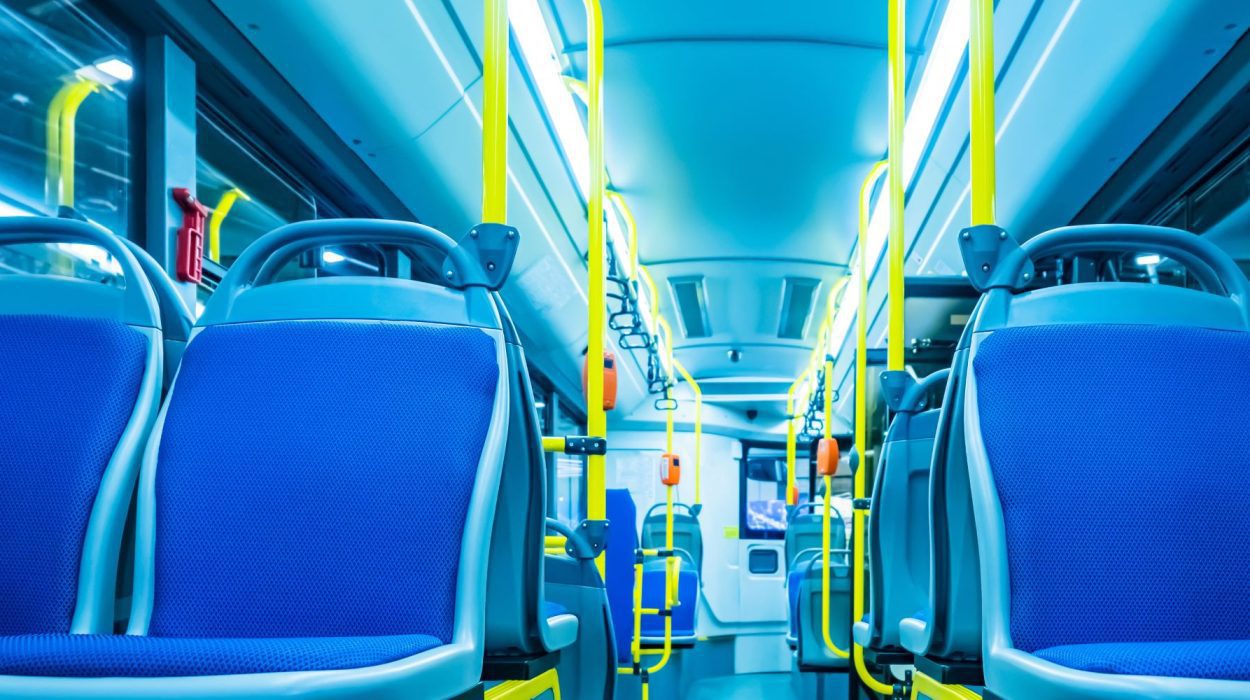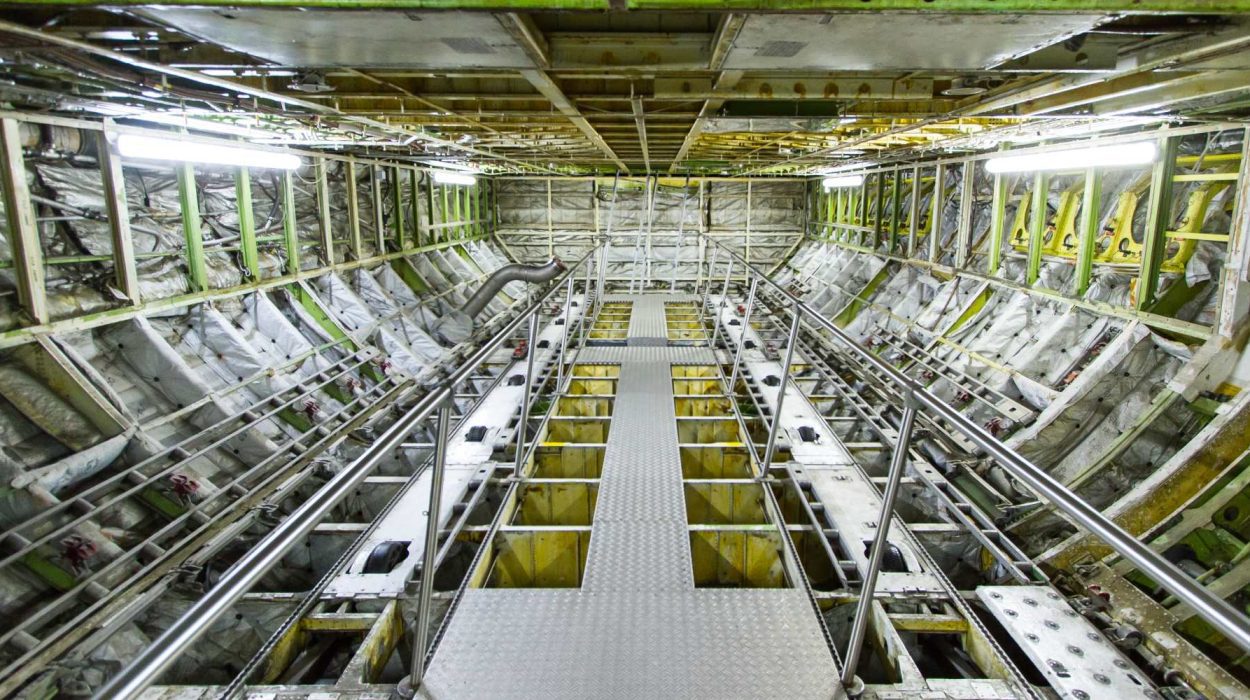360° engineering services for aerospace and defense projects
The growth of low-cost airlines has brought about enormous pressures on aircraft acquisition costs, operating efficiencies, and reliability. Aircraft need to be cheaper, lighter, more fuel efficient, safer, and quieter all at the same time. In turn, these demands have forced advancements in design tools, materials, and manufacturing technologies. Collaborative design tools, advanced composites, additive manufacturing techniques, high speed machining, automated assembly and numerous other advancements have totally transformed the way aircraft are designed and built.
TAAL Tech specializes in the design, verification, and validation of primary and secondary aircraft structures for aerospace and defense structures. We have worked with metal as well as composite designs and are familiar with the relevant FAA and EASA certification requirements. Apart from being able to provide design support, we have what it takes to infuse fresh insights into the design process.
Cabin Interiors
Having worked with leading OEMs, Tier-1 suppliers, and Completion Centers for nearly two decades, TAAL Tech now serves as a one-stop-shop for aero interior design services. Our expertise covers the design, analysis and certification of cabin monuments, seating products, crew rest compartments, lavatories, lighting solutions as well as other systems.
We have an excellent understanding of not only the certification standards (FAA and EASA) governing aircraft and aircraft sub-systems design but also of customer expectations, particularly, from a quality and design perspective. We are familiar with all the engineering tools that are used and are acutely conscious of the key design drivers in the aerospace and defense industry – be it cost, weight reduction, aesthetics, or ease of maintenance.
- Cabinets
- Galleys
- Side ledges
- Hi-Lo table
- Divan
- Vanity
- Cabin liners
- Bulkheads
Aircraft Structures
In the realm of aviation design and development, we have developed core expertise in:
- Floor structure installations
- Cabin interior monuments
The seamless integration of floor structures ensures not only structural integrity but also optimal weight distribution for enhanced safety and performance. Our engineers employ advanced materials and cutting-edge technologies to create lightweight yet robust components. Meanwhile, cabin interior monuments, encompassing elements like galleys, lavatories, and seating arrangements, undergo a sophisticated design process to maximize space utilization and passenger comfort. The synergy between these elements is paramount, as they collectively contribute to the overall functionality, aesthetics, and safety of the aircraft interior. Through innovative engineering and precise execution, modern aviation achieves a delicate balance between form and function, ensuring a harmonious and secure in-flight experience.
Mechanical Systems
Our engineers thoroughly understand the intricacies of designing, developing, and maintaining the mechanical systems crucial for flight. From waste water to air conditioning and smoke detection systems, meticulous attention is paid to precision, reliability, and safety.
Water Waste
- Potable water system aims to deliver fresh water to every needed part in the plane (including every component between the water tank and sinks)
- Water tank pressurization system focuses on the pressurization of the water tank and air dealing with the tank (including air compressor, pressure regulator filter, pressure relief valve)
- Wastewater system focuses on water related to lavatory and sinks / galleys wastewater (including drain masts)
- Toilet system includes components related to flushing and toilet water (including waste tank)
Air Conditioning and Pressurization
Design and 2D detailing of Aircraft environment control system. The air conditioning system consists of the following sub-system:
- Distribution
- Pressurization
- control Air Cooling
- Temperature Control
Smoke detection
The airplane fire detection system is designed to sense fire, smoke, and overheat conditions for engine fire zones. When any one of these conditions is sensed, the system will supply a visual and aural warning to the flight deck.
Liaison and Legacy Support
We provide liaison work and methods engineering in all areas of aircraft interiors, like mechanical plumbing systems, interior monuments and structures attachments. In the context of aircraft interiors, liaison work involves effective communication and coordination between different engineering disciplines, manufacturers, and suppliers. This collaborative approach ensures that mechanical plumbing systems seamlessly interface with interior monuments, and structural attachments are meticulously integrated into the overall design.
Methods Engineering, on the other hand, is the systematic application of engineering techniques to optimize processes and workflows. This involves developing efficient methods for the installation and integration of mechanical plumbing systems, interior monuments, and structural attachments. Our engineers employ advanced tools and methodologies to streamline assembly, reduce production time, and enhance the overall quality of the interior components.
In addition, TAAL Tech can also help with Legacy Engineering & Digitization Activities on aircraft structures & attachments installations.
Interior Stress Analysis and F&DT
We can conduct model and static analysis of various components such as the auxiliary bulkhead, vanity, cabin door, galley, galley tower, and closet in aircraft interiors, which are fundamental aspects of structural engineering. Our engineers employ advanced computer-aided design (CAD) software to create detailed three-dimensional models of each component, considering factors like material properties, geometric intricacies, and loading conditions.
Electrical Harness
An electrical harness is a complex network of wires, cables, and connectors that facilitates the transmission of electrical signals and power throughout the aircraft. The electrical harness is responsible for interconnecting vital components such as avionics systems, communication systems, flight controls, and lighting systems, ensuring their seamless integration and functionality. The design and installation of an electrical harness in aerostructures demand a thorough understanding of the aircraft’s electrical systems and stringent adherence to safety regulations. Our experts are well-versed in various wire types, connectors, shielding techniques, and electrical routing methodologies, ensuring optimal signal integrity and minimizing interference.
Technical Publications
Technical publications serve as comprehensive references, aiding engineers, and technicians in understanding the complex principles, materials, and techniques involved in the construction and maintenance of aerostructures.
Our engineers specialize in detailed diagrams and schematics as well as in-depth analyses of structural behavior and failure modes.
Aircraft Certification (Interior)
Completions certification in aero interiors plays a pivotal role in ensuring the safety, functionality, and aesthetic appeal of aircraft cabin interiors. As passenger comfort and experience are of utmost importance in the aviation industry, achieving a completions certification requires a comprehensive understanding of various technical specifications and regulations that govern the design and installation of interior components.
This certification encompasses a range of critical factors, including materials selection, fire safety measures, acoustics, lighting, seating arrangements, cabin air quality, and accessibility, among others.
Mastering these aspects allows our professionals to assess and approve the completion of aircraft interior projects, guaranteeing compliance with industry standards and enhancing the overall quality of the flying experience.
Flammability Testing
Flammability is the capability of a material or substance to burn, ignite, combust or catch fire. Thus, aircraft interior flammability testing is a critical aspect of ensuring the safety of passengers and crew members. The materials used in aircraft interiors, including seat cushions, wall coverings, floor coverings, and other components, must adhere to stringent flammability standards to minimize the risk of fire and facilitate effective fire suppression in case of an emergency.
The testing process typically involves subjecting various interior materials to controlled flame exposure. There are specific regulations and standards, such as those set by aviation authorities like the Federal Aviation Administration (FAA) in the United States or the European Union Aviation Safety Agency (EASA) in Europe, that dictate the testing protocols.
Aftermarket
Our engineers work with OEMs and MRO service providers to bolster service revenues and profitability using data driven digital techniques. TAAL Tech has significant aftermarket expertise in engines, systems and aerostructures. We also have extensive experience in using health monitoring data to build and fine tune predictive maintenance models. With the delivery of all aircraft customers are looking for bundle a set of value-added services – be it advanced touchscreen systems, LED cabin lighting, lay-flat seats, buffering free IFE or virtual windows. In addition, customers expect that aftermarket support (including issue resolution) will entail little or no human intervention and will always be delivered on time. Outs task is to help OEM’s cope with such demands in an efficient and cost-effective manner.
Technologies
Catia V5

Solid Works

ACAD

Blue beam

FEMAP

NX Nastran

Abaqus

Hyper Mesh











